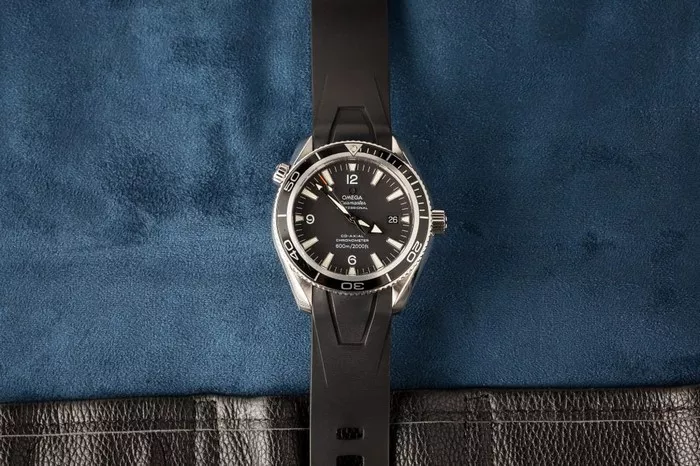Omega, a Swiss watchmaking icon with a history spanning over a century, has produced a myriad of timepieces that have become coveted collector’s items. At the heart of each Omega watch lies a serial number—a unique identifier that holds the key to unlocking the mysteries of its origin, production details, and authenticity. In this comprehensive guide, we will navigate through the intricacies of Omega serial numbers, providing collectors and enthusiasts with the tools they need to decode and understand the fascinating world of Omega timepieces.
I. Understanding the Anatomy of Omega Serial Numbers
Omega serial numbers are a combination of letters and digits, carefully engraved on the watch case. Each serial number is unique to the individual timepiece, serving as its distinct fingerprint. While the format of Omega serial numbers has evolved over the years, there are common elements that persist:
Series Code: The first portion of the serial number often corresponds to a specific series or collection. For example, the Constellation series might have a distinct code at the beginning.
Production Year Indicator: In many cases, the first digit or two in the serial number can provide a clue about the production year. However, deciphering this requires referencing Omega’s historical records or utilizing online databases.
Sequential Number: The remaining digits represent the sequential number assigned to each watch within a particular series or production run. This number increases incrementally as new watches are manufactured.
II. Decoding Production Eras: Vintage vs. Modern Serial Numbers
Omega has undergone changes in its serial number system over the years, making it crucial to differentiate between vintage and modern serial numbers. Understanding the characteristics of each era aids collectors in accurately dating their watches and assessing their historical significance.
Vintage Serial Numbers: Watches produced before the mid-1990s often have serial numbers that begin with a letter, followed by a series of digits. The letter in the serial number corresponds to a particular production era, and deciphering these vintage codes requires referencing historical records.
Modern Serial Numbers: Post-1990s, Omega transitioned to a new system where the serial numbers consist of eight digits without a leading letter. This simplified format facilitates a more straightforward interpretation of the production date and sequence.
III. Navigating Omega’s Historical Archives
To delve deeper into the specifics of an Omega watch’s production history, enthusiasts can tap into Omega’s historical archives. Omega offers an Extract of the Archives service, allowing owners to request official documentation that includes details about the watch’s production date, series, and any specific features. This service provides an authoritative source for authenticating and understanding the provenance of an Omega timepiece.
IV. FAQs: Addressing Common Queries About Omega Serial Numbers
Q: Can I determine the exact production year of my vintage Omega watch using the serial number?
A: While vintage Omega serial numbers often indicate the production era, determining the exact year may require consulting Omega’s historical archives or utilizing online databases that compile historical production information.
Q: Are there online resources for decoding Omega serial numbers?
A: Yes, several online forums and websites offer tools and databases that aid in decoding Omega serial numbers. These resources can be helpful for enthusiasts seeking quick information about specific models and their production years.
Q: Do all Omega watches have serial numbers?
A: Yes, virtually all Omega watches have serial numbers engraved on the case. The presence of a serial number is a key element in verifying the authenticity of an Omega timepiece.
Q: Can I use the serial number to verify the authenticity of my Omega watch?
A: Yes, the serial number is a crucial factor in verifying the authenticity of an Omega watch. Cross-referencing the serial number with Omega’s historical records or utilizing online databases can help confirm the legitimacy of the timepiece.
Q: Are there exceptions to the standard serial number formats for Omega watches?
A: While Omega has established standard formats for serial numbers, there may be exceptions, especially in unique or limited-edition models. In such cases, referencing Omega’s historical archives becomes even more critical for accurate authentication.
In conclusion, understanding Omega serial numbers is a valuable skill for enthusiasts and collectors alike. Beyond serving as a means of authentication, these serial numbers open a gateway to the rich history and evolution of Omega timepieces. Whether you’re exploring the vintage treasures or the latest additions to Omega’s lineup, deciphering serial numbers adds a layer of appreciation for the craftsmanship and legacy encapsulated in each Omega watch.

